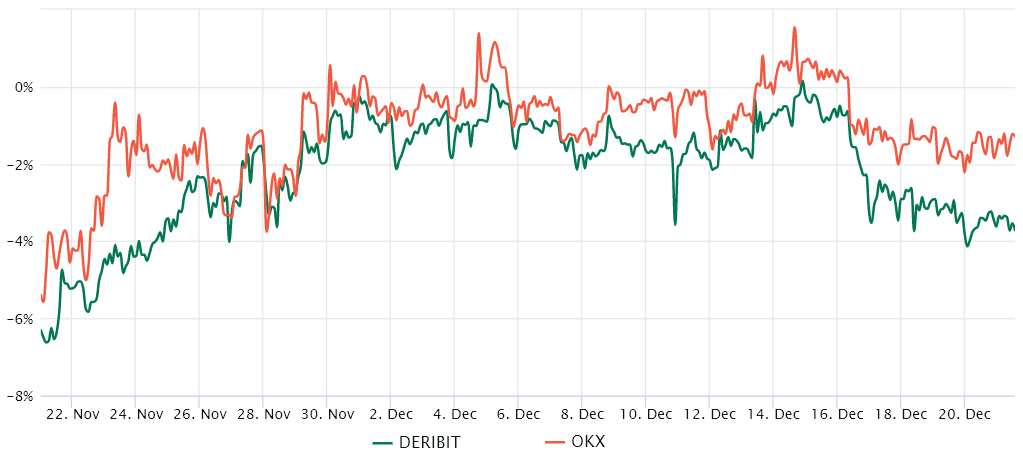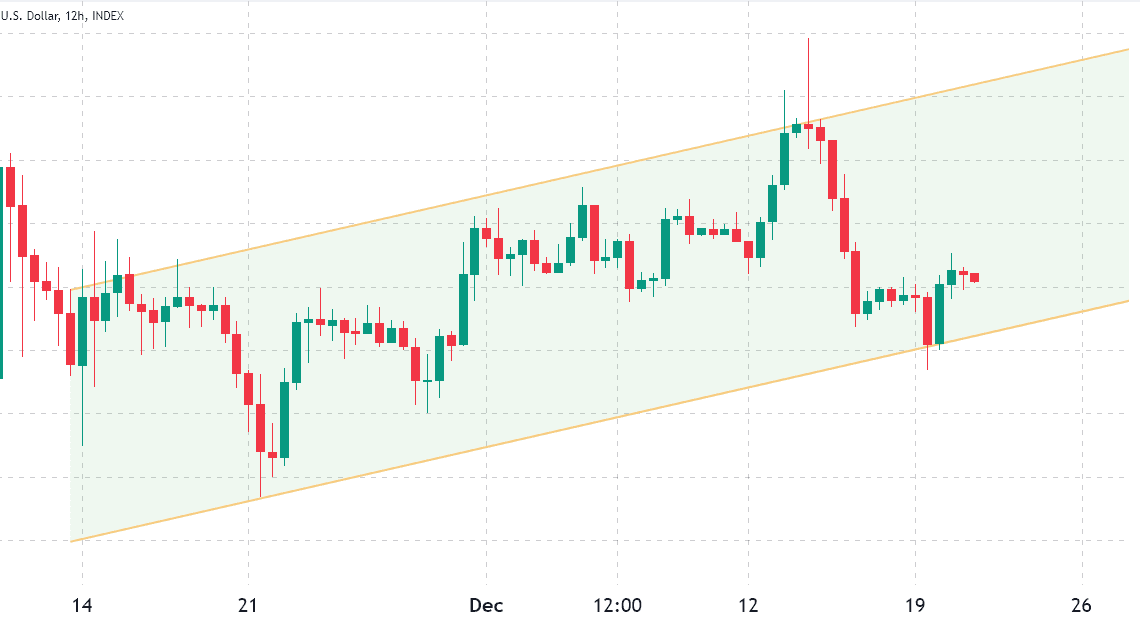Bitcoin (BTC) price lost 11.3% between Dec. 14 and Dec. 18 after briefly testing the $18,300 resistance.
The move followed a 7-day correction of 8% in the S&P500 futures after the U.S. Federal Reserve chair Jerome Powell issued hawkish statements after raising the interest rate on Dec. 14.
Bitcoin price retreats to channel support
Macroeconomic trends have been the main driver of recent movements. For instance, the latest bounce from the 5-week-long ascending channel support at $16,400 has been attributed to the Central Bank of Japan’s efforts to contain inflation.
The Bank of Japan increased the limit on government bond yields on Dec. 20, which are now trading at levels unseen since 2015.
However, not everything has been positive for Bitcoin as miners have struggled with the hash rate nearing all-time high and increased energy costs. For example, on Dec. 20, Bitcoin miner Greenidge reached an agreement with its creditor to restructure $74 million worth of debt — although the deal requires the miner to sell nearly 50% of their equipment.
Moreover, Bitcoin mining listed company Core Scientific reportedly filed for Chapter 11 bankruptcy on Dec 21. While the company continues to generate positive cash flows, the income is insufficient to cover the operational costs, which involve repaying the lease for its Bitcoin mining equipment.
During these events, Bitcoin has held $16,800, so there are buyers at these levels. But let’s look at crypto derivatives data to understand whether investors have increased their risk appetite for Bitcoin.
Bitcoin futures are back to backwardation
Fixed-month futures contracts usually trade at a slight premium to regular spot markets because sellers demand more money to withhold settlement for longer. Technically known as contango, this situation is not exclusive to crypto assets.
In healthy markets, futures should trade at a 4% to 8% annualized premium, which is enough to compensate for the risks plus the cost of capital.

It becomes clear that the attempts to push the indicator above zero have utterly failed over the past 30 days. The absence of a Bitcoin futures premium indicates higher demand for bearish bets, and the metric has worsened from Dec. 14 to Dec. 21.
The current 1.5% discount indicates professional traders’ reluctance to add leveraged long (bull) positions despite being actually paid to do so.
Top traders…
Click Here to Read the Full Original Article at Cointelegraph.com News…
























